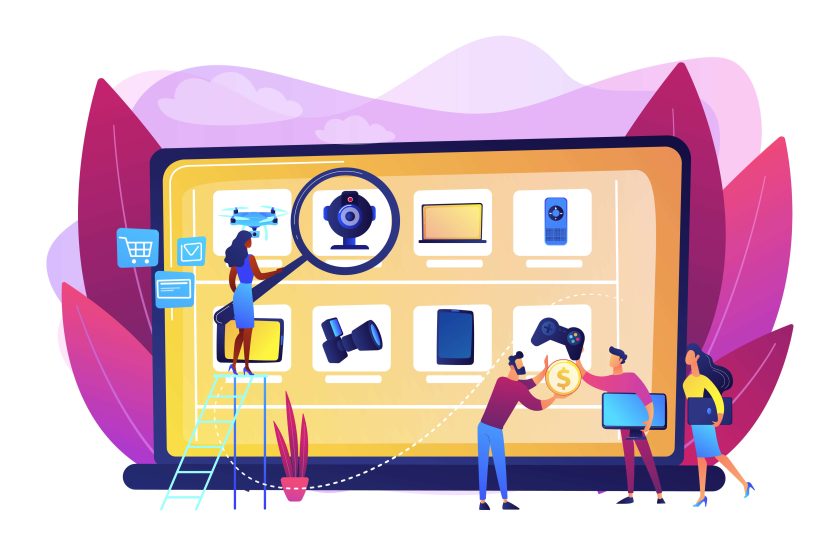In the digital age, establishing an online presence is not just an option for businesses—it’s a necessity. Shopify, a leading e-commerce platform, has empowered countless entrepreneurs to launch, manage, and scale their stores with ease. However, the magic of Shopify doesn’t end with creating a website; its real power lies in integration. Shopify integration allows you to connect your store with various apps and services, streamlining operations, enhancing customer experience, and ultimately, driving sales. In this article, we’ll take a deep dive into Shopify integration, covering everything from the basics to advanced tips for maximizing your store’s potential.
What is Shopify Integration?
In simple terms, Shopify integration is the process of connecting your store to third-party apps or services. These integrations serve specific purposes and can range from marketing tools to inventory management systems. Shopify has over 6,000 apps on its marketplace, making it a one-stop-shop for all your e-commerce needs.
The best part? Most of these apps offer seamless integrations, meaning you won’t need a developer’s help to set them up. Moreover, Shopify has its own API (Application Programming Interface), allowing developers to create custom integrations tailored to your store’s unique needs.
Why Is Integration Important for Your Shopify Store?
Here are some key reasons why you should consider integrating your Shopify store with other apps and services:
- Streamline Operations: Integrations automate various tasks, such as inventory management, order fulfillment, and shipping. This reduces the time and effort you spend on manual processes, freeing up your resources to focus on other aspects of your business.
- Enhance Customer Experience: By integrating with customer service tools or social media platforms, you can provide a seamless experience for your customers. For instance, live chat integrations allow you to address customer queries in real-time.
- Improve Sales and Marketing: Integrations with marketing tools can help you analyze customer behavior, run targeted campaigns, and boost sales. You can also integrate your store with popular marketplaces like Amazon or eBay to expand your reach and attract new customers.
How to Integrate Your Shopify Store
There are several ways to integrate your store with other apps and services. Let’s take a look at the most common methods:
- Shopify App Store: As mentioned earlier, Shopify has a vast marketplace of apps that offer seamless integrations. Simply browse through the categories or use search filters to find the app that best suits your needs. Once you’ve chosen an app, click on the “Add App” button and follow the instructions to integrate it with your store.
- Custom Integrations: If you can’t find the right app for your specific needs, you can opt for custom integrations by hiring a developer or using Shopify’s API yourself. This option may require some technical knowledge but offers endless possibilities for tailoring your integrations to your store’s unique requirements.
- Third-Party Integrations: Some apps and services have their own integrations with Shopify, making it easier for you to connect them with your store. For example, if you use an email marketing tool like Mailchimp or Klaviyo, they have pre-built integrations with Shopify that you can activate in a few simple steps.
Understanding Shopify Integration
Before we explore the how-tos and best practices, it’s crucial to grasp what Shopify integration means and its significance. At its core, integration involves linking Shopify with other software applications or platforms to automate and enhance various aspects of your business, from inventory management and marketing to customer service and analytics.
Key Benefits of Shopify Integration
- Streamlined Operations: Automate routine tasks, reducing manual errors and freeing up time for strategic activities.
- Enhanced Customer Experience: Provide a seamless shopping experience with faster checkouts, personalized marketing, and efficient customer service.
- Data-Driven Insights: Gain comprehensive insights into your business performance, enabling data-driven decision-making.
Popular Types of Shopify Integrations
- Inventory and Order Management: Connect your Shopify store with inventory management tools to synchronize stock levels, process orders faster, and reduce the risk of overselling.
- Marketing and SEO: Integrate with marketing platforms and tools to automate email campaigns, optimize your site for search engines, and engage customers across social media.
- Payment Gateways and Shipping: Enhance global reach by integrating with various payment gateways and shipping services, offering customers multiple options to pay and receive goods.
- Customer Service and CRM: Implement customer relationship management (CRM) and customer service tools to build strong relationships, offer support, and increase customer satisfaction.
Getting Started with Shopify Integration
Here, we would introduce the initial steps to take for integrating apps with your Shopify store, emphasizing the Shopify App Store, the importance of identifying your needs, and evaluating apps based on reviews, features, and compatibility.
Advanced Integration Techniques
Going beyond basic integrations, we’d explore advanced strategies like API customizations, connecting with ERP systems, and leveraging AI tools for marketing personalization and predictive analytics.
Best Practices for Shopify Integration
This section would cover essential tips for successful integration, including thorough testing, monitoring integration health, staying updated with new features, and maintaining data security.
Case Studies
Real-world examples of successful Shopify integrations could be included here, showcasing the challenges faced and the solutions implemented, demonstrating the tangible benefits achieved.
Troubleshooting Common Integration Issues
Finally, we’d address common problems that businesses might encounter during integration processes, offering practical solutions and preventive measures to ensure smooth operation.
Conclusion
In conclusion, Shopify integration offers immense potential for businesses to optimize their operations, elevate customer experience, and drive growth. By understanding the key benefits, types of integrations available, and best practices for implementation and maintenance, entrepreneurs can make the most out of this powerful tool and take their online stores to new heights. Stay tuned for more in-depth articles on specific types of Shopify integration and expert tips from industry leaders. Stay tuned for more in-depth articles on specific types of Shopify integration and expert tips from industry leaders. Start exploring the world of Shopify integration today!


